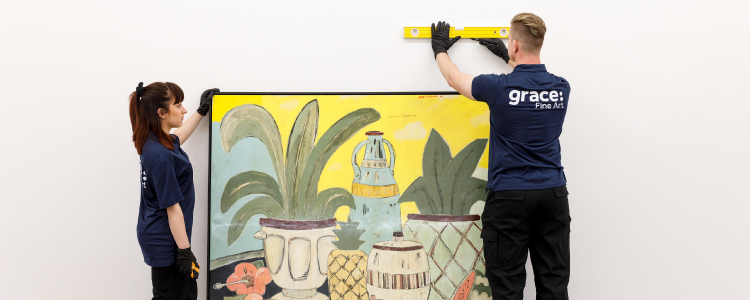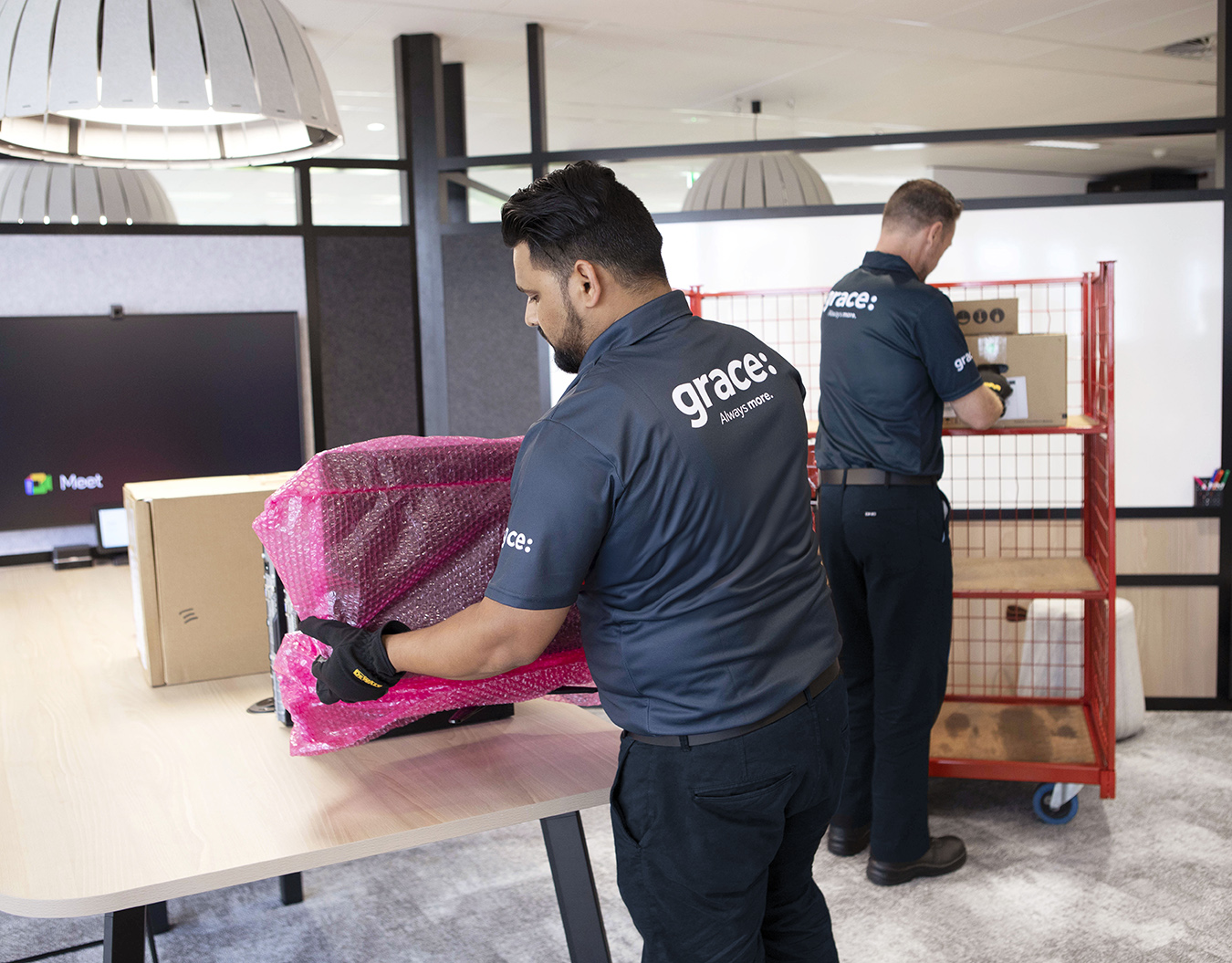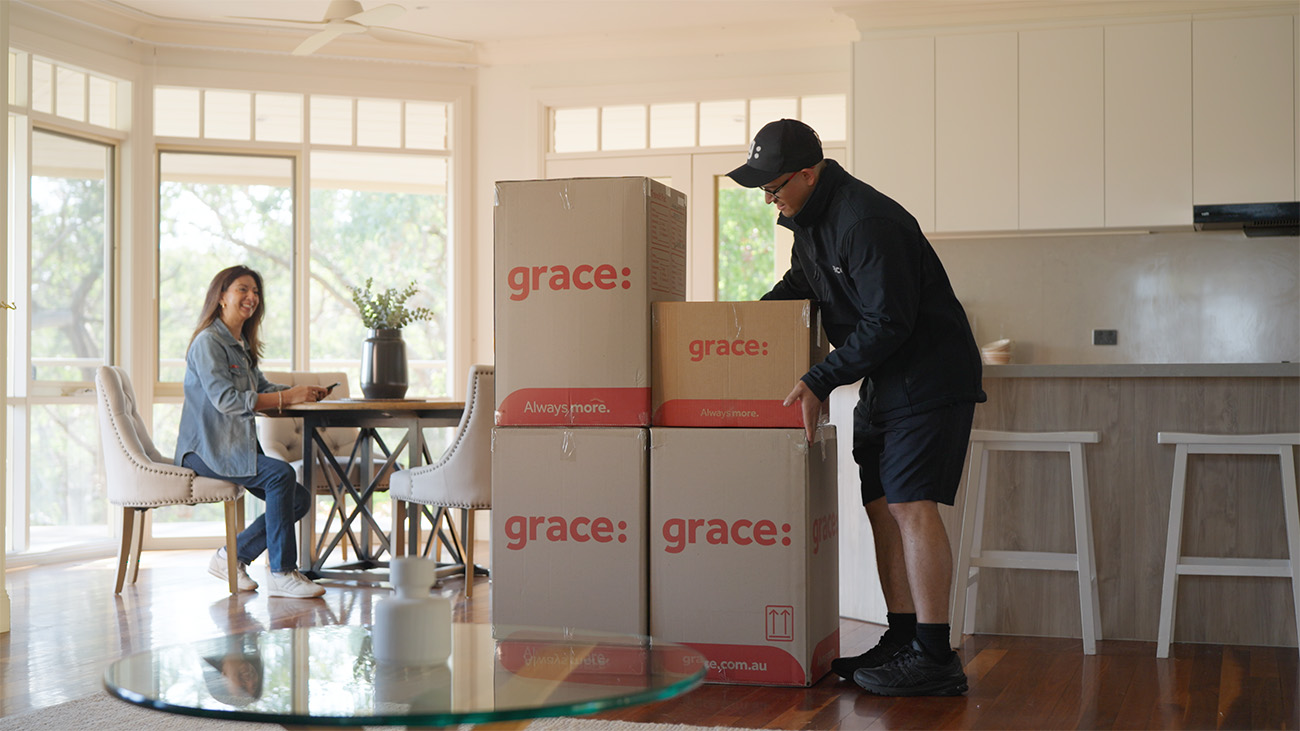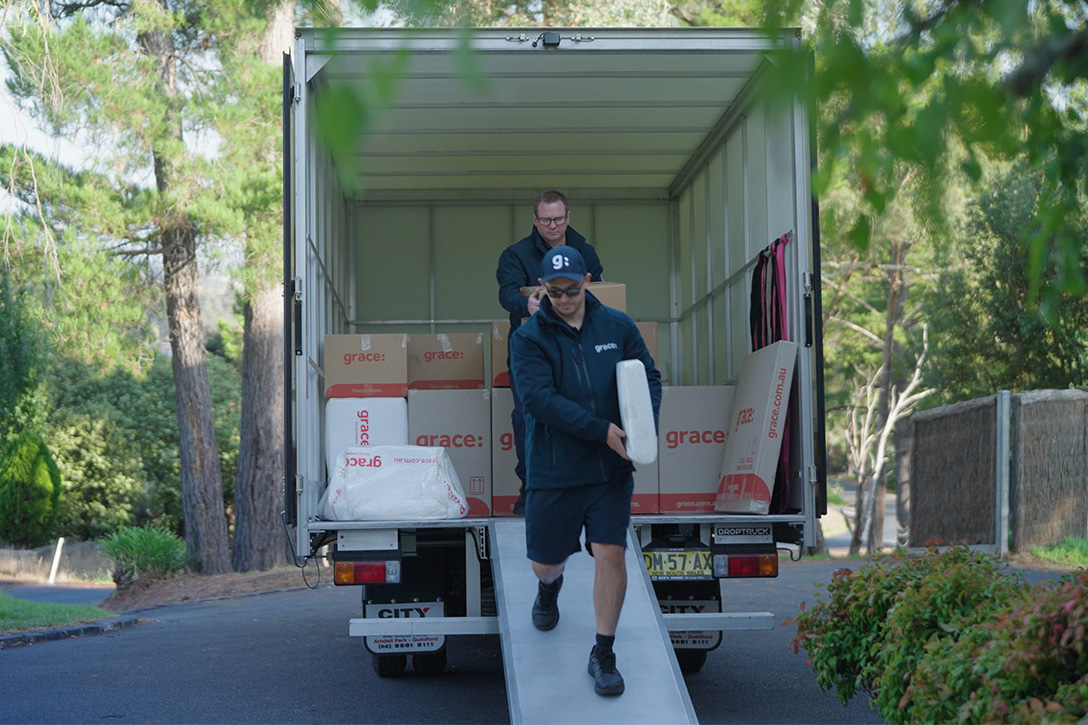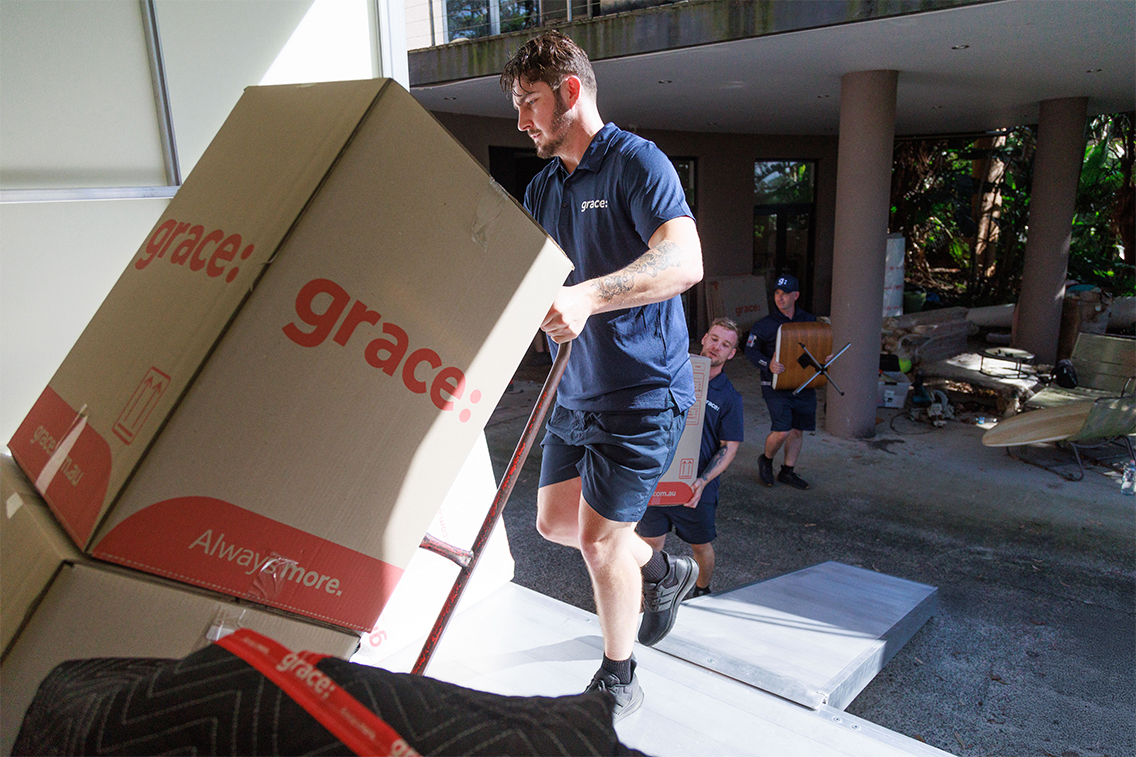Choosing the correct glazing product is crucial when planning your next art exhibition. One of the most important things to consider is whether you should use Perspex or Glass to display your works. This article will provide you with the different types of glazing materials you should consider to ensure that your artworks standout and are protected.
According to Grace Fine Art Business Manager, Patrick Epstein, there are multiple glazing products in the market, and each is specified depending on its end use and budget. Of course, the key objective of picture glazing is to protect the artwork from heat, humidity and other everyday atmospheric conditions. Picture glazing also prevents damages from dust and protects the art from both artificial and UV light. Perspex, otherwise known acrylic, and traditional glass is available in an array of cost and specifications providing a glazing solution for all picture framing needs, sizes and budgets.
What’s the difference between Perspex and Glass?
Perspex is a thermoplastic made from polymethyl methacrylate (PMMA), and it’s used in almost everything from furniture, windows and retail signage.
Glass is made from rapidly cooling a combination of opaque sand, soda ash and limestone. These materials are heated at extremely high temperatures and cooled to solidify.
Glazing Types
Clear Glass
The most commonly used glass is clear glass. It will protect your artwork against dust and marks but doesn’t provide any UV protection. It’s extremely cost effective as it’s widely available and is prone to damages. We suggest restricting the use of clear glass on reproduction prints, posters and artworks of low cost and heritage value.
Non-reflective Glass
This type of glass contains a clear film to diffuse reflection. This non-reflective quality ensures that you can see the artworks “even when it’s hung in an area with high exposure to sunlight or interior lighting. It’s important to note that non-reflective glass doesn’t reflect UV lights rays and therefore provides no protection against UV light fading”. According to Patrick, non-reflective glass is not recommended for picture framing with fine details due to clarity lost. This loss of clarity is further emphasised when “the glass is spaced away from the artwork particularly when mat boards or framing spacers are used”. Like clear glass, non-reflective glass is ideal for reproduction prints, posters and artwork of low cost or heritage value.
UV Conservation Clear Glass
As the name states, this type of glazing contains UV filters that cuts out 99% of ultraviolet light, making it ideal for displaying art and other objects of importance. This UV filter protects pieces from fading through light damages and can be used for framing artworks of heritage value, of high value or are irreplaceable.
UV Non-Reflective Glass
This type of glazing has the same UV protective property of UV Conversation Clear Glass but is non-reflective so it can diffuse reflection. UV Non-Reflective Glass is ideal when the artwork being framed is of high value, heritage value or is irreplaceable. It’s ideal for pieces that are likely to be displayed on a wall with exposure to reflective light.
Museum Glass
Museum Glass is a premium glazing product and offers 99% UV protection and <1% reflection. According to Patrick, it has the “highest brightness and contrast levels available and an optical coating for true colour transmission”. Museum glass is perfect for dimensional and object framing or “when framing is spaced away from the glass, providing a high quality and non-reflective finish”.
Acrylic or Perspex
Acrylic or Perspex is the perfect alternative to costly glass and is lightweight and shatterproof. It’s also non-reflective but has no UV filters or protective properties. If you’re planning to use this type of glazing, make sure that you don’t use it on pastel or charcoal pieces as the acrylic consist of qualities that creates a static electric charge. “This charge can cause dust particles to stick to the surface of the acrylic and detract from the clarity of the image.” Acrylic glazing is a great option for oversized frames, display cases or for areas with safety concerns or has public access.
UV Low Reflective Acrylic
The last glazing material on our list is UV Low Reflective Acrylic and as the name suggest, it provides 99% UV protection with <1% reflection, making it the ultimate glazing material for picture framing. Unlike Perspex, this type of glazing can be use for pastels and charcoal pieces due to its anti-static properties. It’s also lightweight, shatterproof and is widely used in museums and art galleries all over the globe.
Remember, when deciding which glazing material you should use, think about the end-use and the display environment. Also, make sure to consider your budget particularly if you’re planning to hold an exhibition.
Whichever glazing product you use, make sure you contact Grace for our Fine Art storage solutions and fine art transport services. We are one of the leading providers of fine art transportation and are experts in fine art security. We have worked with well-known galleries, institutions and avid art collectors across Australia and New Zealand to transport and store countless pieces. We can prepare, pack and use customised crating to transport your artworks safely and securely anywhere in the world. We can also collect and store your artworks using our smart logistic network. Our climate-controlled storage units use advance security systems with restricted access and entry. Our humidity-controlled storage facilities are perfect for storing works in any forms and sizes. To learn more about Grace Fine Art Services contact us on 1300 766 233 or fill in the form on our Fine Art page.
